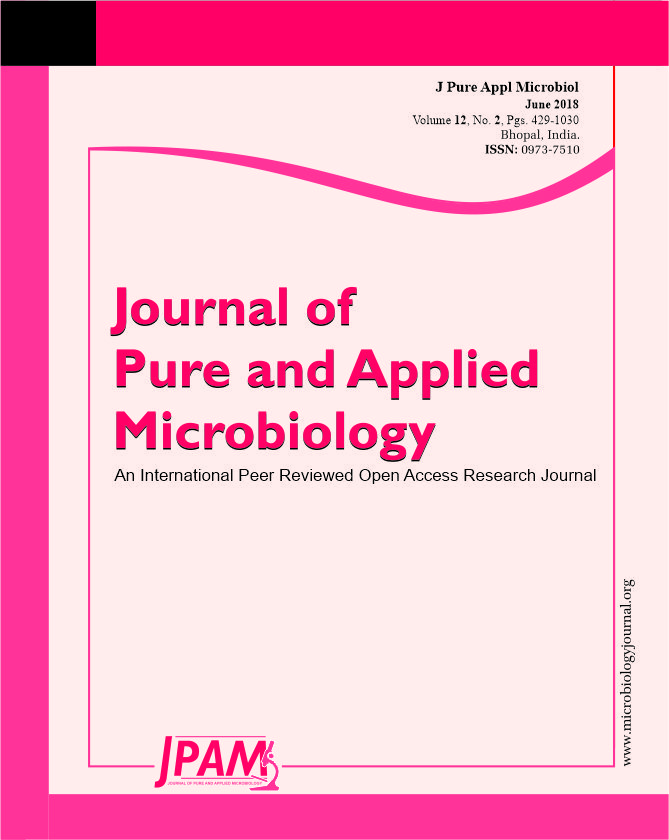This study investigated the bacteriological and the hygienic properties of some commonly sold canned milk and determined the effectiveness of pasteurization of milk contaminated with bacterial isolates spectrophotometrically. In this study, Escherichia coli, Streptococcus spp., Enterococcus aerogenes, Proteus spp., Clostridium spp., Lactobacillus spp. and Staphylococcus aureus were isolated from the milk samples. The bacterial load of the milk samples ranged from 5 x 105 to 22 x 105 cfu/ml. The methylene reduction time indicating the hygienic quality of each milk sample varied from one milk to the other. While NNM and VSM samples not decolourized after 8 h were considered excellent and PNM and OFM decolourized methylene blue after 6 and 7 h respectively were considered good milk samples, CFM and TCM that decolourized methylene blue after 4 and 5 h respectively were considered fair milk samples. None of them was considered poor as they were not decolourized in less than 2 h. Pasteurizing milk contaminated with indigenous microflora (IMF), E. coli and Strep. pyogenes at 40oC, 50oC, 60oC and 70oC over a period of 30 min showed a varied degree of reduction in the absorbances and its effectiveness. A 10oC increase in temperature resulted in significant reduction in the absorbances obtained at different time intervals for all the milk samples. This investigation shows that pasteurizing milk with low heating would reduce the microbial loads of the milk samples. The method of pasteurizing milk in this study would be applicable in the household dairies where sophisticated equipment are not required to control microbial loads in milk.
Contamination, methylene blue reduction, indigenous microflora, pasteurization
© The Author(s) 2018. Open Access. This article is distributed under the terms of the Creative Commons Attribution 4.0 International License which permits unrestricted use, sharing, distribution, and reproduction in any medium, provided you give appropriate credit to the original author(s) and the source, provide a link to the Creative Commons license, and indicate if changes were made.


